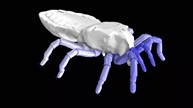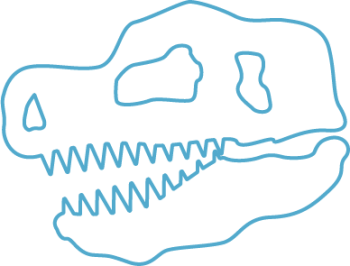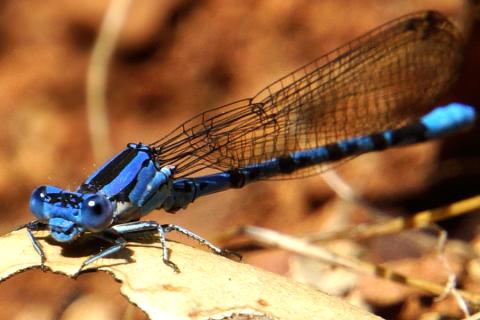Dragonflies and damselflies are ancient insects that have been around since before the age of the dinosaurs. Some Odonata (the order that dragonflies belong to) fossils from the Carboniferous (359 to 299 million years ago) period had wingspans of over a meter. These insects were the size of modern seagulls. Scientists wondered why they got so large. There were higher levels of oxygen at the time and the researchers concluded that the larval dragonflies, which live in freshwater, grew larger to avoid oxygen poisoning.
Spiders have been around for more than 300 million years. A fossil spider “cousin” preserved in amber is shedding light on how spiders evolved. Much f what’s known about the evolution of bees comes from bees preserved in amber. Researchers also found a fossil ant in amber they dubbed “hell ant.”






















